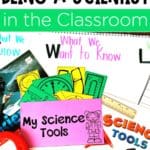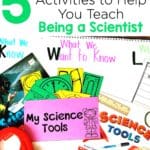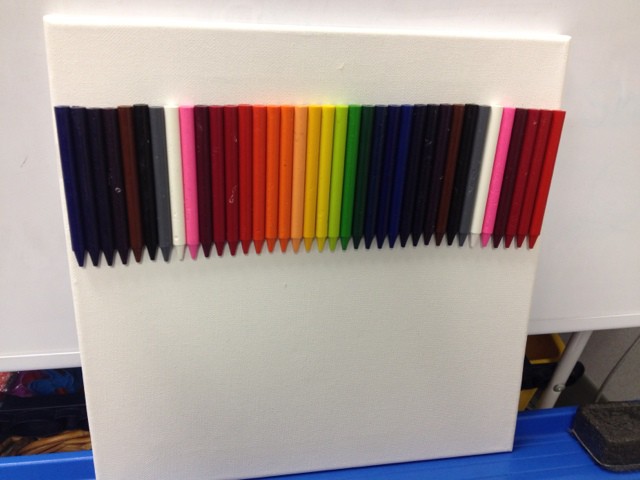

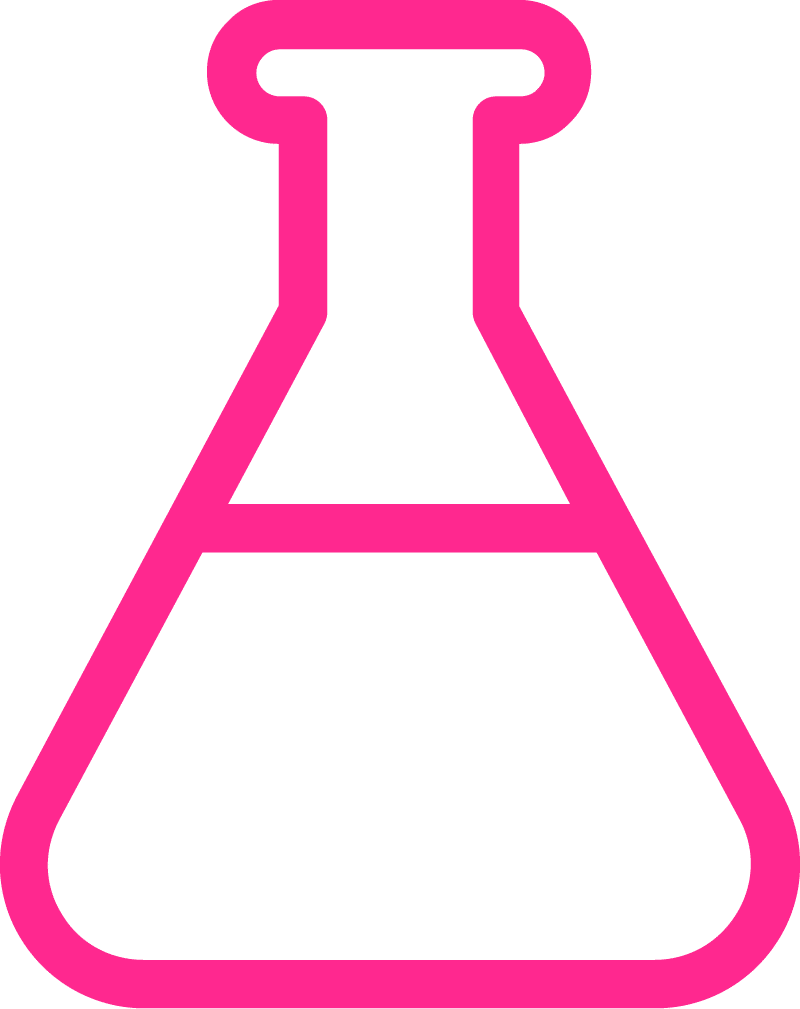
One of the things I love about the beginning of the year is kicking off my science block. I love helping students learning things like “What is a scientist?”, the tools they will use throughout the year, and how to complete a science experiment. It’s so fun to watch them learn, test, and explore. But, where and when do you start? How do you kick-off science with 22 students who don’t know much about science yet?
The first science unit I always start with is “Being a Scientist”. It’s the perfect way to introduce students to everything they’ll need to know about science for the year, the expectations, and how to start asking questions to learn. I love it all!
I created an all-inclusive Being a Scientist unit for you that includes everything you’ll need to start off your science block successfully. This week-long unit has a teaching plan, teaching posters, activity pages, recording pages, and everything you’ll need for a science experiment. It’s perfect for kindergarten, first grade, or second grade students.
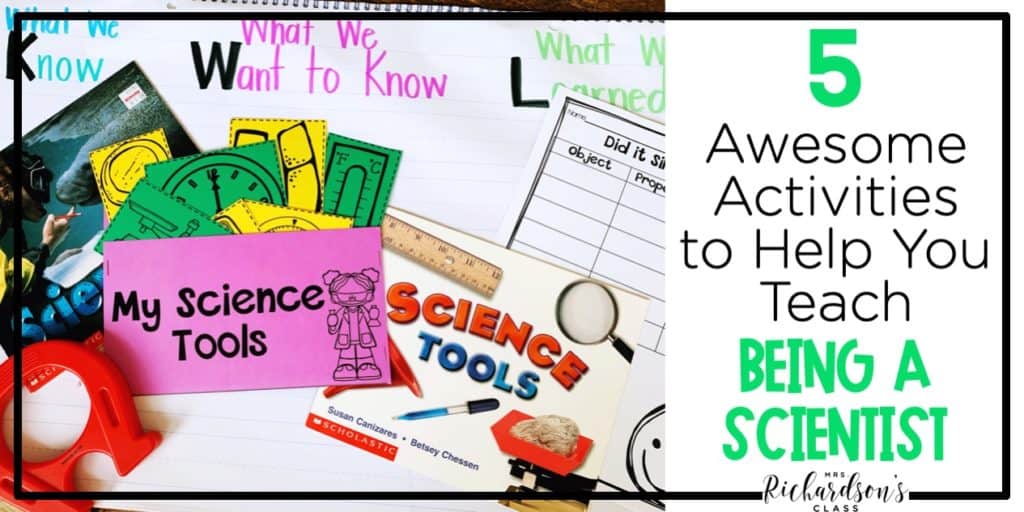
Amazon affiliate links are used below at no cost to you.
Let’s dig into a few other activities that are perfect to teach students what being a scientist is all about.
A strong read aloud in science is the perfect way to introduce new vocabulary, grab students’ attention, and support your ELL students. Plus, you can integrate science into reading time to squeeze in extra learning. These books are perfect to use in the primary classroom:
You can read more about using read alouds in science HERE. This post also has my FREE mega list of science read alouds for the entire year. There are two more books I like to use in my “Being a Scientist” unit in that list. Check out the post and keep the list handy to be set for lesson planning for the whole year.
A KWL chart can help you learn what students already know about being a scientist and what they are interested in learning.
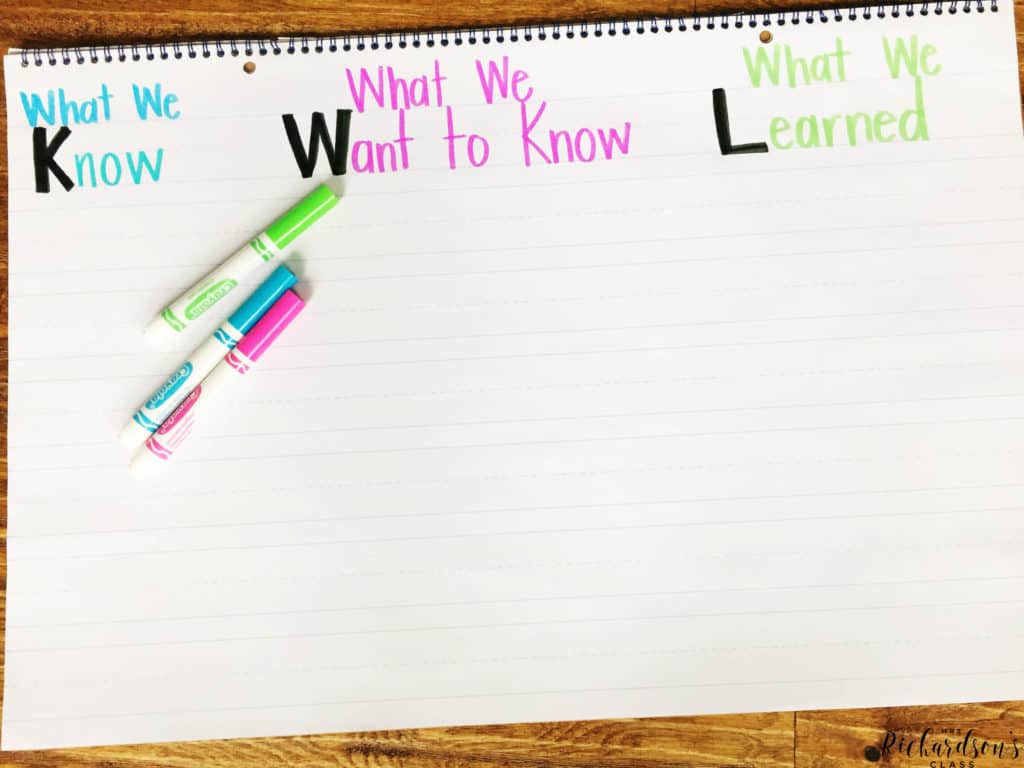
KWL charts also help you integrate writing into science. Writing about science in the classroom has so many benefits:
I have an entire post about writing in science and how to do it. You can find it HERE.
The Being a Scientist unit has teaching posters to show what a scientist does and what a scientist is. There are several activity pages for students to share what they think a scientist is, describe a scientist, and sort what a scientist does and does not do. Plus, it hits on science safety which is perfect for young scientists.
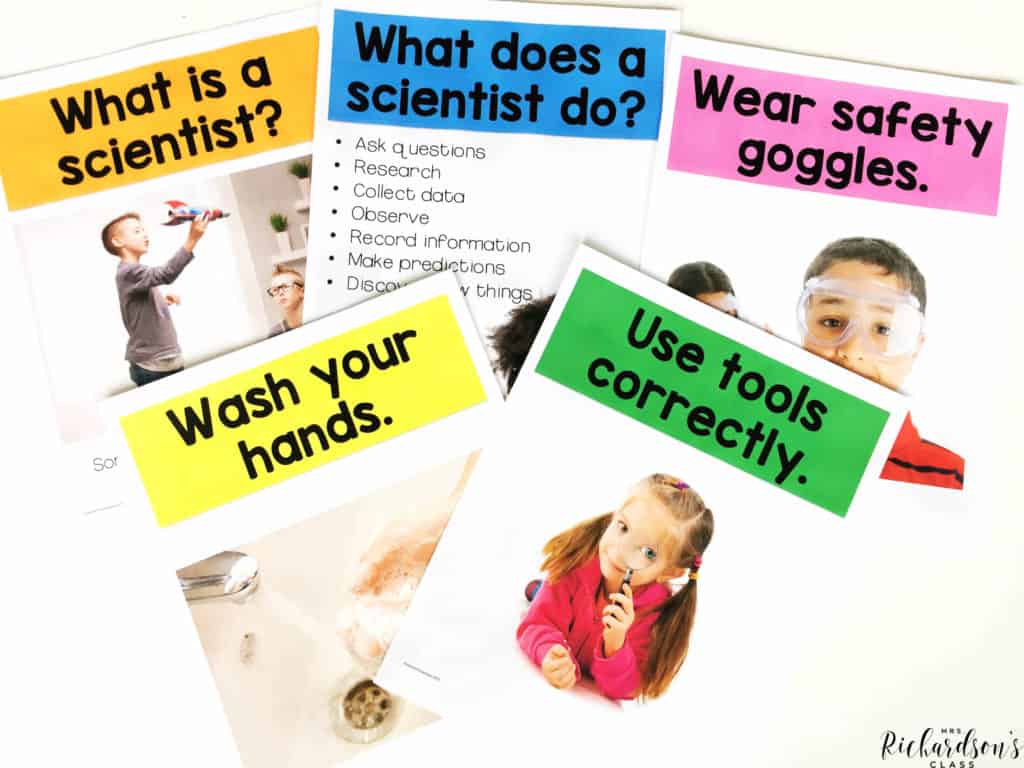
Because your little scientists will (hopefully) be conducting experiments throughout the year, it’s important that they understand the scientific method.
HERE is a fun scientific method song on YouTube to help reinforce their learning.
The Scientist Unit does have scientific method posters with real photographs. It also has an activity page to practice putting the steps in order. You can put this in an interactive science notebook, or use it by itself.
You can also grab FREE scientific method posters in my store HERE.
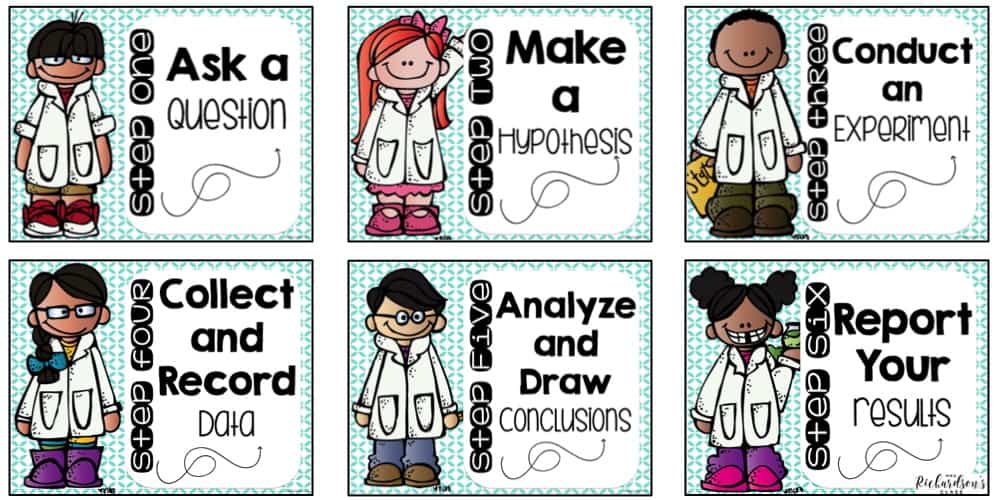
Even as young as kindergarteners, we want students to put their hands on science tools. We want them to act like scientists. After introducing the names of science tools, let them explore with a variety of science tools.
I like to put a tub on each table with safety goggles, balances, timers, magnets, hand lenses, and thermometers. Then, let the students try them all out. They love being able to touch things and walk around the room exploring. You can have them draw and label tools in their science notebooks, too.
I included science tools teaching posters in my Being a Scientist unit.
I also included student-sized tools to cut out and store in a “toolbox” in their notebooks. You can have students label the tools on the back. Everything you need for teaching science tools is all in one place!
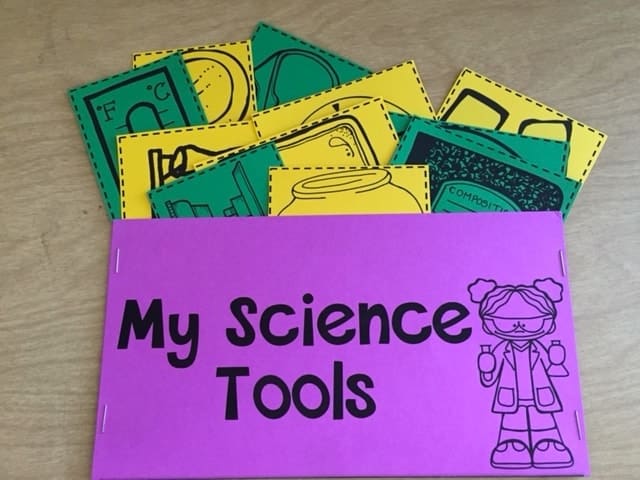
By the end of the week, my students were always ready to put all of the pieces they had learned together and do a science experiment. Giving them the chance to show me what they learned also helped me informally assess their learning of what scientists do and are, science tools, science safety, and the scientific method.
Choose a science experiment that is fun, hands-on, and simple. We want students to be able to practice the scientific method, recording data, and following directions. If you want to snag an awesome experiment PLUS everything you’ll need to complete it like:
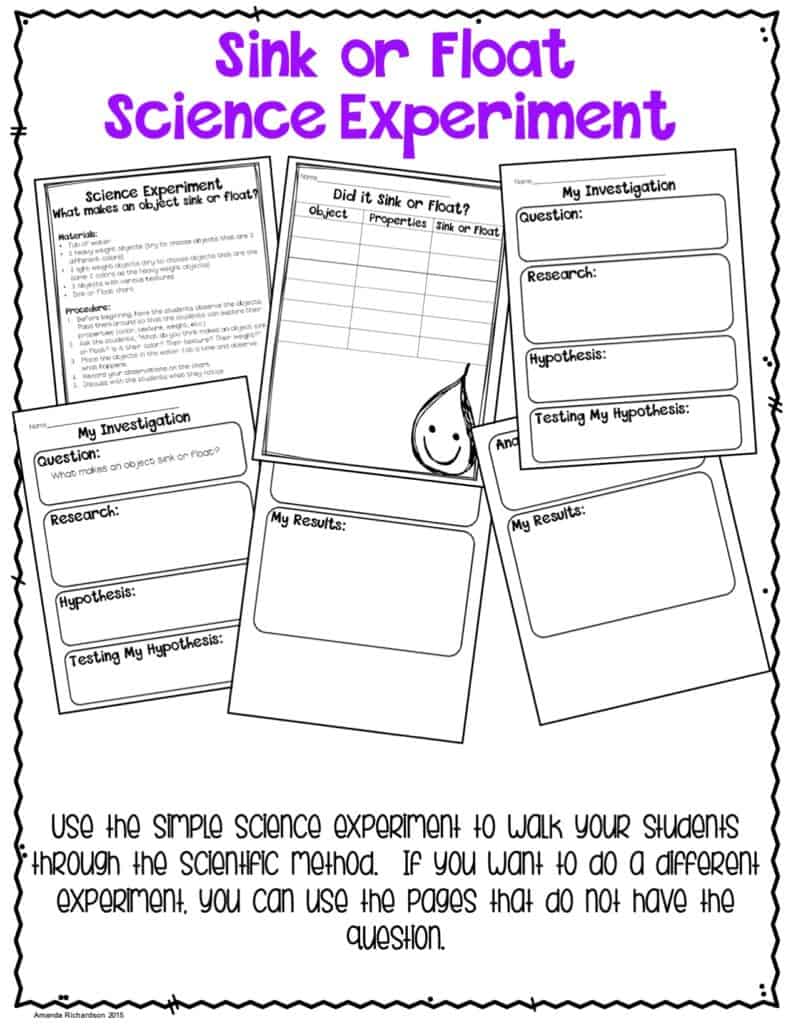
Grab it HERE!
You can check out my top four tips on implementing science experiments and grab a FREEBIE in this post HERE.
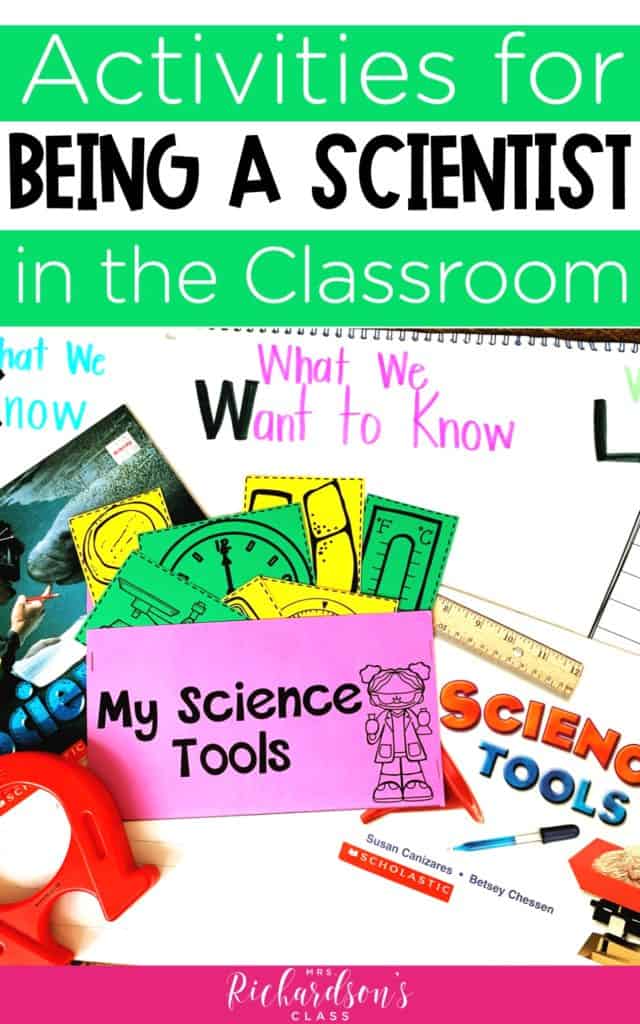
pin it
I know you’ll feel confident in starting science in the first week of school. If you need some guidance, more ideas, and/or great teaching resources, head to my shop to check out the Being a Scientist unit. It has a full, detailed teaching plan for the week and activities to engage your new scientists and help them learn.
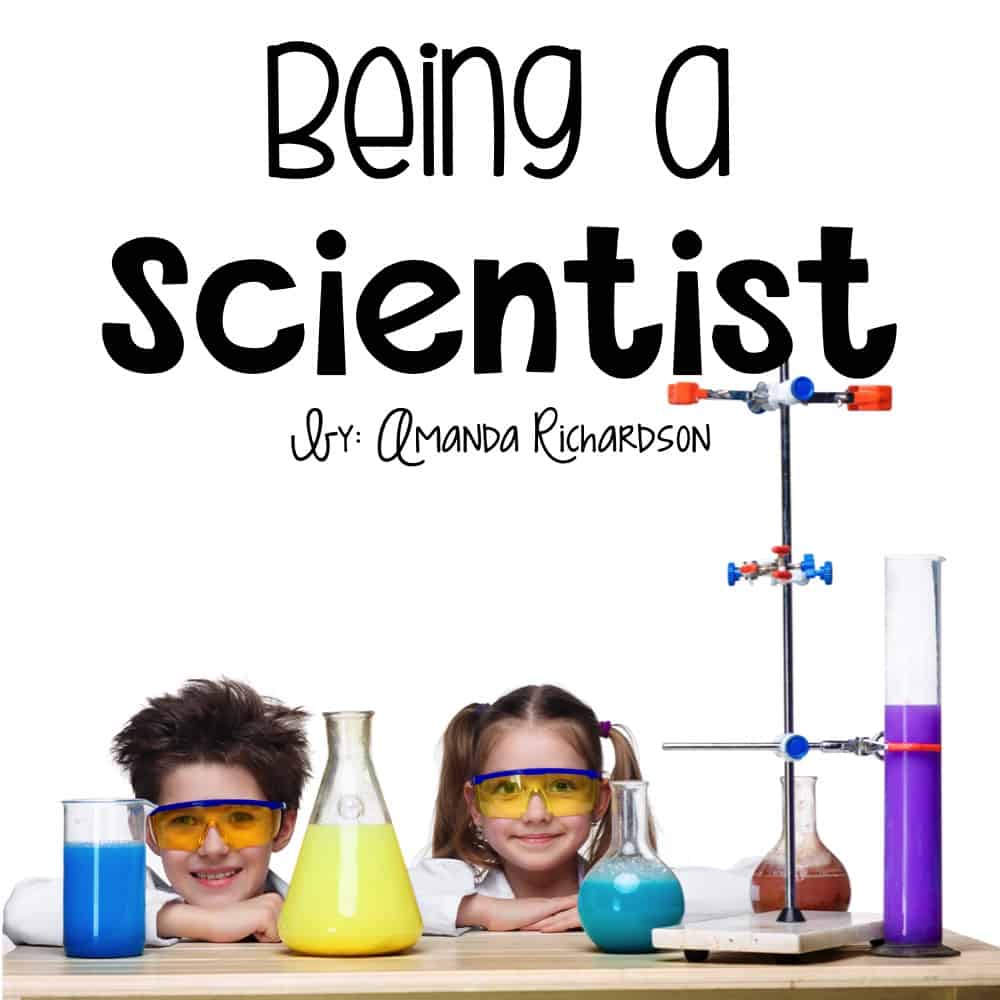
Grab yours and be set for the entire week!
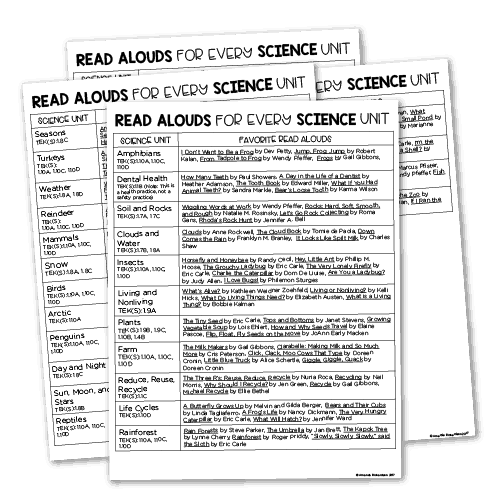
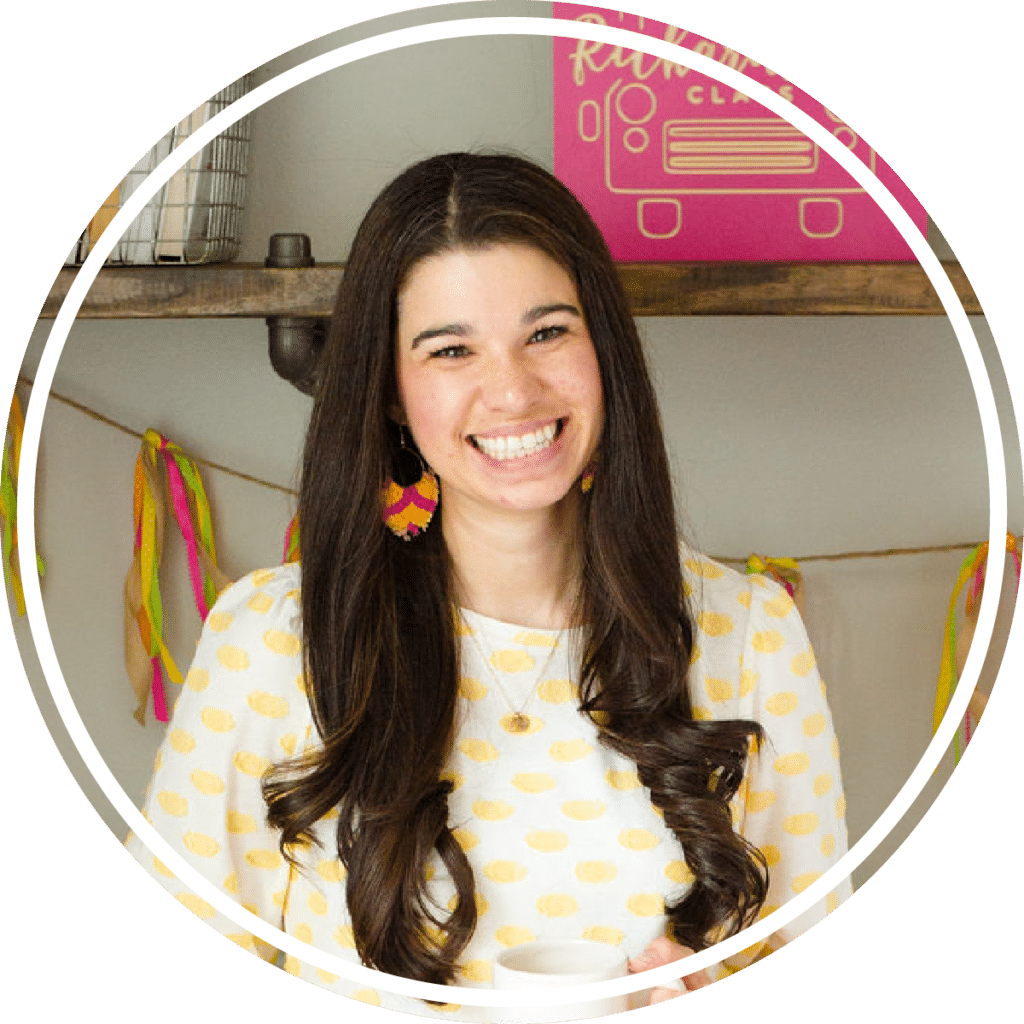
I’m a K-1 teacher who is passionate about making lessons your students love and that are easy to implement for teachers. Helping teachers like you navigate their way through their literacy block brings me great joy. I am a lifelong learner who loves staying on top of current literacy learning and practices. Here, you’ll find the tools you need to move your K-2 students forward!
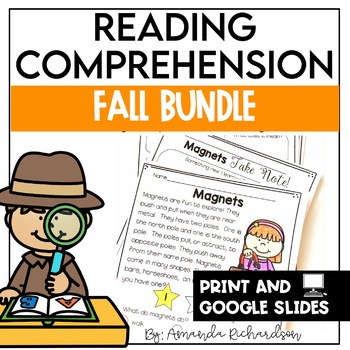
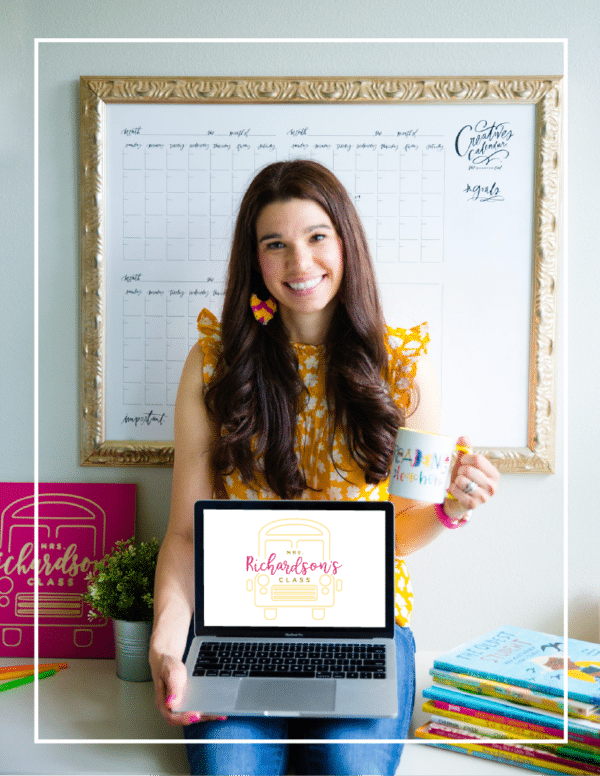
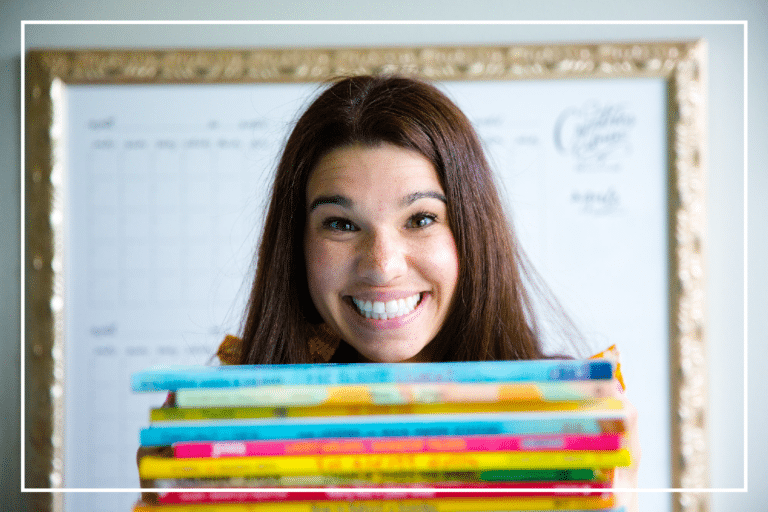
| Cookie | Duration | Description |
|---|---|---|
| cookielawinfo-checkbox-analytics | 11 months | This cookie is set by GDPR Cookie Consent plugin. The cookie is used to store the user consent for the cookies in the category "Analytics". |
| cookielawinfo-checkbox-functional | 11 months | The cookie is set by GDPR cookie consent to record the user consent for the cookies in the category "Functional". |
| cookielawinfo-checkbox-necessary | 11 months | This cookie is set by GDPR Cookie Consent plugin. The cookies is used to store the user consent for the cookies in the category "Necessary". |
| cookielawinfo-checkbox-others | 11 months | This cookie is set by GDPR Cookie Consent plugin. The cookie is used to store the user consent for the cookies in the category "Other. |
| cookielawinfo-checkbox-performance | 11 months | This cookie is set by GDPR Cookie Consent plugin. The cookie is used to store the user consent for the cookies in the category "Performance". |
| viewed_cookie_policy | 11 months | The cookie is set by the GDPR Cookie Consent plugin and is used to store whether or not user has consented to the use of cookies. It does not store any personal data. |
